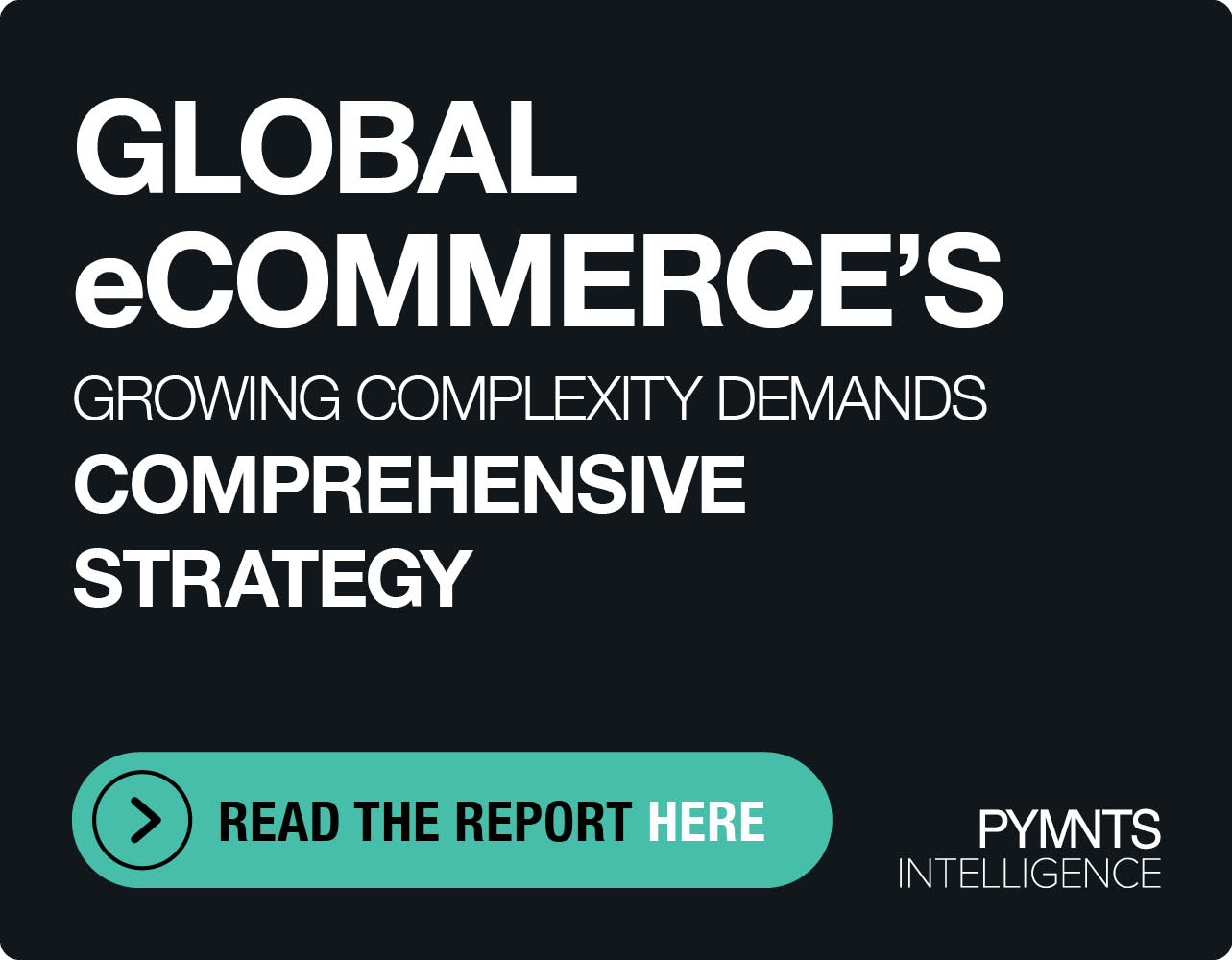Can Blockchain Deliver Speed, Security and Inclusion to Global Payments?
Innovative technology is on the cusp of transforming existing global payments infrastructure.
But unlocking the full potential and capturing the true impact of next-generation value transfer solutions like blockchain-based payment technology will require a winning convergence of behavioral trends, regulatory evolutions and technical transformations.
Pat Thelen, vice president of global account management at Ripple, and Lina Szaks, senior vice president of global operations at employment platform Multiplier, shared with PYMNTS their thoughts on the innovations that promise to revolutionize both money movement and payments infrastructure around the world.
“The future is now,” Thelen explained. “Instant and real-time payments are getting faster around the world. Open banking, embedded payments and solutions like buy now, pay later (BNPL) are all things [across the payments landscape] that we are excited about.”
In a digital-native world, payments infrastructure needs to evolve to cater to the needs of consumers and businesses, and Szaks added that she is tracking the rise of digital wallets and mobile payments.
“We’re also looking at the expansion of contactless and biometric payments, and growth of peer-to-peer instant payments,” she said. “The world is going instant everything, and payments are naturally following suit.”
As the payments ecosystem continues to evolve, the future holds the promise of artificial intelligence (AI)-driven solutions, enhanced cybersecurity and faster cross-border transactions.
The Emerging Trends Revolutionizing Today’s Payments Landscape
Blockchain-led innovations around programmability, immutability and global transaction delivery are increasingly pushing the capabilities of the payments industry forward.
“We see the tokenization of real-world assets as about as exciting as anything out there,” Thelen said. “If you apply the technology to industries that have been around forever and are fraught with manual processes and illiquidity and latency, there are some real opportunities where so much cost can be taken out of the equation. You can get pretty clever as these use cases unfold.”
He added that he sees central bank digital currencies (CBDCs) advancing in parallel, noting that over 90% of central banks around the world are looking at what opportunities leveraging the technology could bring them.
“What will be interesting is that it will take the commercial banks beneath those central banks to actually make it work, and it will be fun to see those opportunities unfold,” Thelen said.
“There is a lot to be done around contactless and biometric payments that can ensure they are done accurately, compliantly and in a more instant manner,” Szaks added. “People already use Face ID for their phones, and we should go more and more down that path.”
However, this potential is still untapped, and the opportunities are still largely uncaptured. But, in the background, the technology to support them is becoming increasingly realized and feasible.
“What’s nice about building a brand-new payment network, like RippleNet, is that you can actually have those standards like ISO 20022 inherent in the technology, which enables you to do some really smart things around risk and compliance, and it opens up the aperture for banks, FinTechs and other providers to do really clever things with the end user in mind,” Thelen explained.
That is why it is critical for governments, as well as private and commercial institutions, to ensure that their payments infrastructure is fit for purpose going into the next century.
Building for the Next Generation of Payments Starts Now
“Innovation is relentless,” Thelen said. “And innovation and competition will find a way to apply the technology that is already here. The technology is ready now. You have commercial banks, central banks and institutional players leaning in. Apple, Google, Amazon are certainly leaning in. Look at what is occurring [around blockchain and digital asset solutions] with Visa, Mastercard and PayPal.”
This innovation in the industry, coupled with the maturation of blockchain technology, is paving the way for a more efficient, inclusive and secure global payments infrastructure.
“These players understand that if they are going to build for the next generation — which you don’t have the opportunity to do very often — that they can not only eliminate the manual, illiquid nature and slow settlement that occurs [across many transactions], but they can also build it in a way that has the end user in mind,” Thelen said.
As for what he is looking forward to most as progress in payments continues its forward march?
“The competing demands of innovation in payments have historically centered around trade-offs between things like user privacy and controlling for illicit activity, or speed versus fraud, and when those things have come up against each other, we’ve been forced to choose one,” Thelen said. “With today’s technology and innovations, those demands are no longer mutually exclusive. They can coexist … and hopefully there’s an interoperable world where technology is leveraged to take away a lot of the friction that exists today.”

